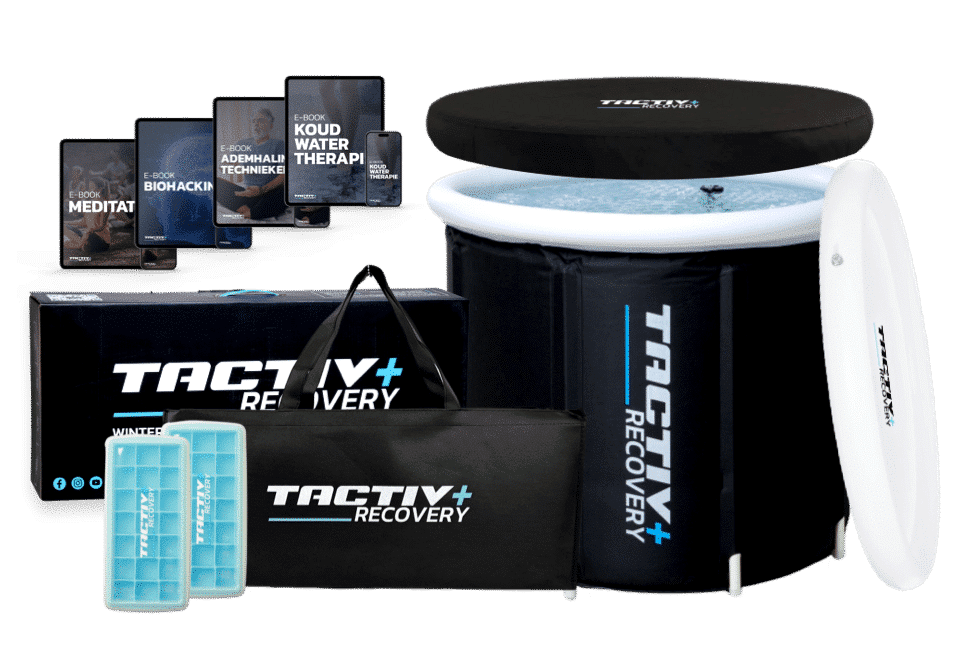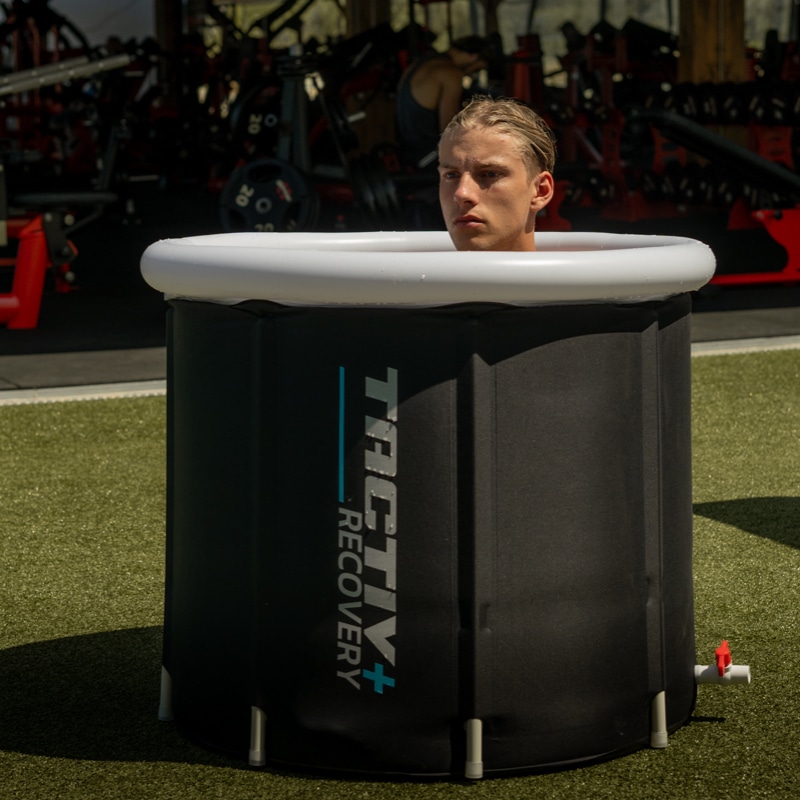First time cold water dipping
Dipping cold water for the first time can seem like a tough job. The shock of the cold can be uncomfortable at first, but with the right approach, you can turn this experience into a refreshing and ultimately enjoyable habit. It is important to start with short sessions, possibly only a few seconds to a minute long, to give your body a chance to adjust to the lower temperatures. This gradual approach helps overcome your body’s natural resistance to cold and makes the experience less jarring.
How often do you dip in cold water?
For those new to cold water dipping, it is important to start slowly. Once a week can be a good starting point, giving your body enough time to recover and adjust between sessions. As you become more accustomed to the cold and begin to notice the positive effects, consider slowly increasing the amount. However, it is important to remember that the response to cold water dipping is very personal; always listen to your body and adjust the frequency as needed. The goal is to find a balance that works for your body and lifestyle without overexerting yourself.
Where can I cold water dip?
Finding the right place for cold water dipping can enhance your experience. Depending on where you live, there are several options available, each with their own unique benefits. Natural waters such as the sea, open water and rivers are popular choices because of their beautiful surroundings and the natural connection many feel when dipping outdoors. These locations offer not only the opportunity for a refreshing dip, but also the chance to enjoy the natural beauty and tranquility.
For those who live in urban areas, public pools that offer unheated options can be a good alternative location. Some communities even host special cold water dip events, which can be a great way to share the experience with others who share the same interest. It is important to choose a location that is safe and accessible, especially if you are just starting out. Make sure you are familiar with the water and environment and always consider local guidelines and weather conditions.
Yet another interesting option is to take a cold water dip at home in the form of an ice bath. Taking an ice bath can be done in your own garden, for example. It is an easy option where you can experience the benefits of cold water therapy at home.
Are you curious about Tactiv Recovery’s ice baths? Then take a look here!
Cold water dipping benefits
Dipping into cold water is not just a test for yourself; it is an exercise that can offer many health benefits. Here are some benefits of regular cold water dipping:
- Strengthens the immune system: Regular exposure to cold water stimulates the production of white blood cells, which can help defend the body against disease and infection.
- Improves blood circulation: The cold water causes blood vessels to contract and then expand again, which improves blood circulation throughout the body. This process can help reduce inflammation and promote heart health.
- Increases energy and well-being: The shock of the cold water can increase your adrenaline levels, leading to a natural energy boost. Many people also report an improved sense of well-being after a swim.
- Reduces stress: Regular cold water dips can reduce the amount of stress hormones in the body. In addition, cold water can help improve mental resilience and the ability to cope with stress.
- Promotes mental health: Overcoming initial resistance to the cold and completing the dip can provide a sense of accomplishment, contributing to improved self-confidence and mental health.
- Improved sleep quality: Many report improved sleep quality after cold water dipping, possibly due to the physical fatigue and calming effects on the nervous system.These benefits make cold water dipping an attractive practice for those looking to improve their health in a natural and challenging way.
Safety guidelines for cold water dipping
Safety is paramount when dipping in cold water, and there are some important guidelines to follow to ensure that your experience is both safe and enjoyable. It is important to start slowly and give your body a chance to adjust to the cold. This means starting with short dips and gradually increasing the time in the water as you become more accustomed.
Listening to your body is crucial; it will tell you when it’s time to get out of the water. If you feel uncomfortable or experience symptoms such as dizziness or shortness of breath, it is important to get out of the water immediately. Also, make sure you never dip alone, especially in remote or deeper water areas. Having a dip buddy provides extra safety in case of an unforeseen situation.
Knowing your surroundings plays a big role in the safety of cold water dipping. Be aware of potential hazards such as strong currents, rocks or ice that may affect your experience. Dipping immediately after eating or drinking alcohol is strongly discouraged because of the increased risk of cramps and other health problems.
People with existing medical conditions such as heart problems or high blood pressure should always seek medical advice before beginning cold water dipping. This helps minimize any risks and ensures that your dipping experience is both safe and beneficial.
By observing these safety precautions, you can safely explore the many benefits of cold water dipping.
Cold water dipping tips
To get the most out of your cold water dipping experience and safely incorporate it into your routine, here are some tips that can help you:
Tip 1: Start your cold water dipping adventure with a clear plan. Consider the time of day that works best for you and make sure you are fully warmed up before entering the cold water. A good warm-up, such as light exercise or stretching exercises, can help prepare your body for the shock of the cold.
Tip #2: It’s also important to have the right mindset. View dipping not as a punishment, but as a refreshing experience that benefits both your body and mind. Focus on the positive effects it can have on your well-being and try to embrace the experience, even if it seems difficult at first.
Tip 3: Dress appropriately for the occasion. For example, wearing waterproof shoes can help protect your feet from cold temperatures and sharp objects. After your dip, make sure you have access to dry, warm clothing to warm up quickly and reduce the risk of hypothermia.
Tip 4: After dipping, remember to take time to gradually warm up your body again. This can be done through light exercise, wearing warm clothing, or drinking a hot beverage. A gradual warm-up helps your body adjust after exposure to the cold and promotes your overall comfort and well-being.
Tip 5: Finally, be patient with yourself. Adjusting to cold water dipping can take time, and it is normal to make gradual progress. Allow yourself to slowly get used to the cold temperatures and celebrate the small victories along the way.
By following these cold water dipping tips, you can cold water dip safely and integrate it into your health and wellness routine, experiencing the many benefits it has to offer.
Are you looking for an Ice Bath?
Check out our ice bath bundles now and receive an instant discount with the code “TACTIV10”.

